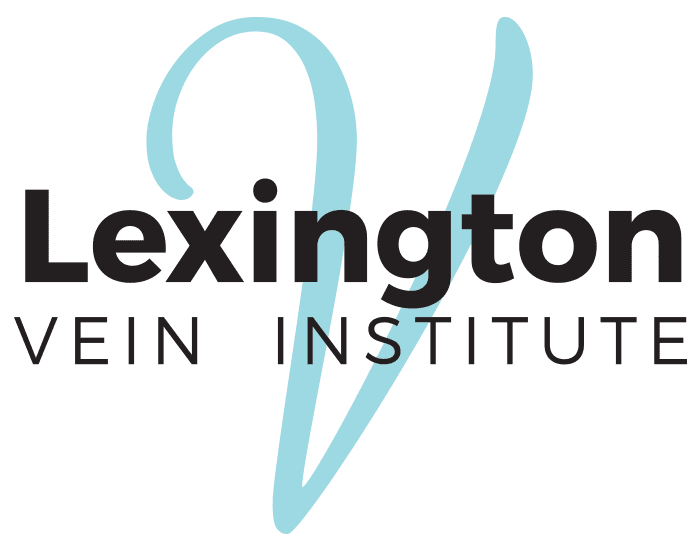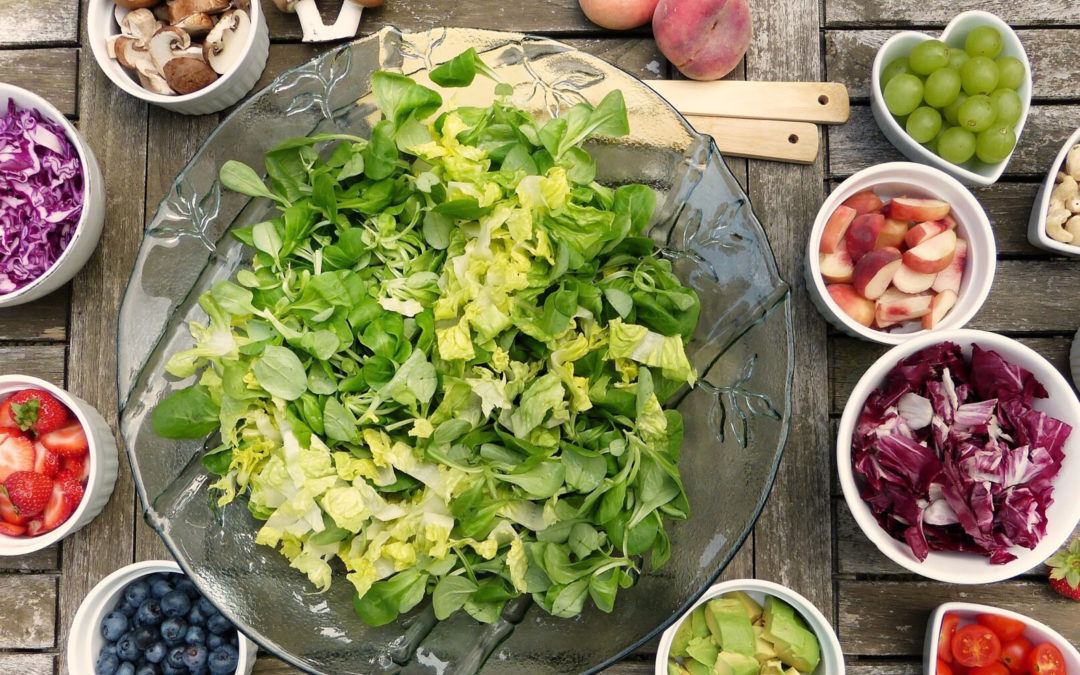
by Lexington Vein Institute | Mar 23, 2021 | Blog, Varicose Veins
Did you know that your diet can impact your varicose veins? It’s true. What you eat could either make your varicose veins better or worse.
When it comes to vein health, prioritizing a healthy diet is crucial. Let’s look at what foods have a negative impact on your varicose veins and what foods can actually make your condition better.
Foods to Avoid for Varicose Veins
Everything you eat has an impact on your health, so it is no surprise that your diet can impact your varicose veins. Some foods make varicose veins worse.
They include:
- Alcohol
- Sugary foods
- Processed foods
- Salty foods
- Fried foods
If you’re worried about varicose veins, you should limit these foods as much as possible.
Alcohol consumption causes blood to rush through your veins quicker, which puts stress on your legs that can lead to swelling. Processed sugar causes your blood sugar levels to rise, which weakens your veins. Natural sugar from fruit doesn’t have quite the same impact on your blood sugar, so it’s safer to eat.
Eating an excess of salty foods causes your blood pressure to increase, which leads to stress on your veins and more swelling. The high-fat content of fried foods makes them hard on your digestive system, putting pressure on your legs.
All of these foods can be enjoyed in moderation, but when eaten all the time, they will make your varicose veins worse.
Superfoods for Varicose Veins
Here are foods you can eat to improve your varicose veins:
- Fresh fruits and vegetables in a variety of colors
- Fiber-rich foods
- Vitamin E rich foods
- Omega-3 rich foods
- Green or herbal tea
- Dark chocolate
Let’s start with fruits and veggies. Eating the rainbow with a variety of fruits and vegetables will promote healthy blood circulation and reduce swelling. Great options are spinach, kale, Brussels sprouts, citrus, colorful peppers, red and yellow onions, berries, and garlic. A mix of raw and cooked produce will give you the best results.
Fiber-rich foods aid digestion, which takes the pressure off of your veins. Great fiber-rich foods include fruits and vegetables, legumes, nuts, seeds, and whole grains.
Vitamin-E is a powerhouse nutrient that promotes blood flow. Foods rich in vitamin-E include avocados, olive oil, seeds, nuts, dark leafy greens, mangoes, fish, and pumpkin.
Next, you should prioritize getting more Omega-3 through your diet. It stimulates blood flow and breaks up blood clots. To get more from your diet, eat fish like tuna, salmon, mackerel, and sardines. Flaxseed oil, chia seeds, eggs, walnuts, and yogurt are also high in omega-3.
Finally, tea and dark chocolate are also great choices that help with varicose veins. Always prioritize dark chocolate over other types since it has less sugar. When choosing tea, opt for herbal or green tea for its health benefits and hydrating properties.
Varicose Veins Support
Now that you know how your diet impacts your varicose veins, you can make food choices that improve your vein health. For more vein support, schedule an appointment at the Lexington Vein Institute online today.
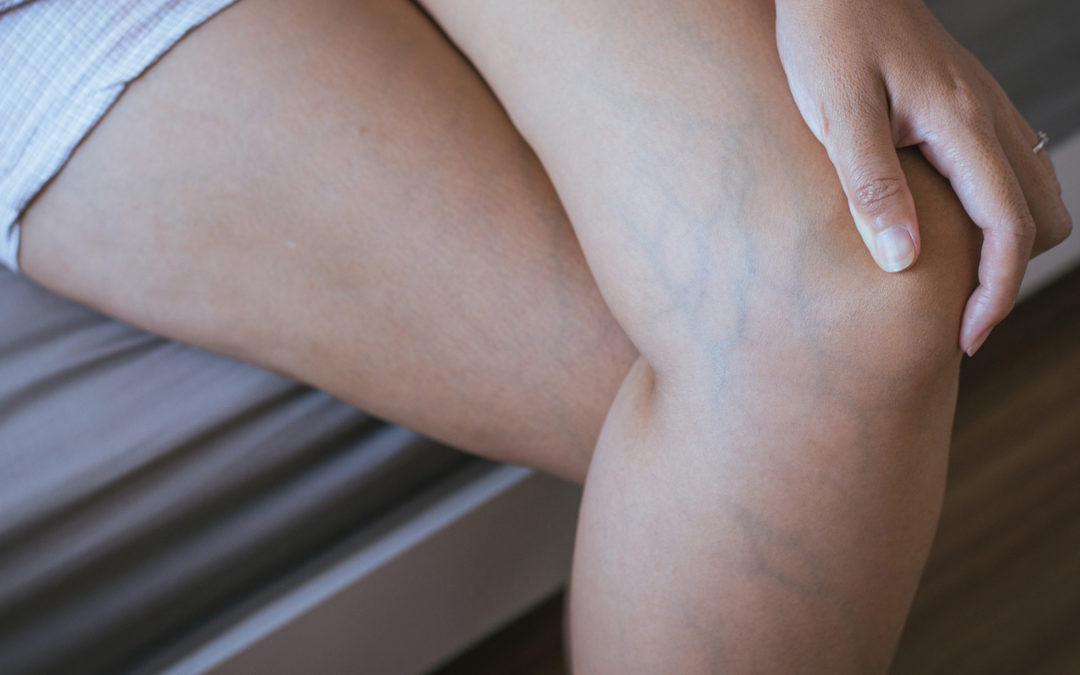
by Lexington Vein Institute | Feb 23, 2021 | Blog, Sclerotherapy, Varicose Veins
How many times have you noticed spider or varicose veins and simply ignored them? Many people deal with those web-like or swollen veins in their legs (around 20 to 45 percent, to be exact) and consider them merely an inconvenience. But what if there was more to them than their unwanted appearance?
It turns out, your spider or varicose veins can lead to a more severe condition — chronic venous insufficiency (CVI). While not life-threatening, this type of vein disease can be downright painful over time.
In this guide, we’ll take a more in-depth look at the stages of chronic venous insufficiency, its symptoms, and when it’s time to seek treatment.
The Stages of Chronic Venous Insufficiency
Let’s start with the central question: what is chronic venous insufficiency?
The veins in your legs play a vital role in pumping blood to your heart. Their valves are a one-way road, and if the walls become weakened or damaged, the blood is unable to travel upward, causing it to head back down the legs. This leads to the unfortunate pooling of blood in your veins.
Early Stages of CVI
The initial stages are all too familiar for many — spider and varicose veins. Spider veins appear as thin, web-like clusters, usually red and purple in color. In contrast, varicose veins are visibly swollen, bulging, and rope-like. Other symptoms of varicose veins include:
- Pain
- Tired muscles
- Restless leg syndrome
- Itching, tingling, or aching in the legs
- Heavy feeling in the legs
Consider the presence of spider and/or varicose veins as an SOS signal — worsening symptoms are on the horizon if left untreated.
Later Stages of CVI
As the stages of chronic venous insufficiency progress, so do the severity of the symptoms. Here are the most common issues that can develop:
- Swelling (edema) in your legs occurs due to poor circulation and fluid build-up
- Skin discoloration is a result of swelling and can cause red, itchy rashes
- Leg ulcers are painful, open sores that are unable to heal properly
- Infection occurs as a result of bacteria entering the open wounds on your legs
The later stages of chronic venous insufficiency have a significant impact on your lymphatic system. As lymph drainage slows and lymphatic fluid builds, the structure of the vein walls becomes damaged.
The bottom line? The sooner you address symptoms, the less likely you’ll encounter the devastating late stages of CVI.
Who Is at Risk for Chronic Venous Insufficiency?
There are a variety of factors that increase your risk for developing chronic venous insufficiency:
- Older age: Those 50 and older have naturally weakened vein walls
- Obesity: The added pressure from your body requires the veins to work harder to pump blood, leading to more pooling
- Genetics: If CVI runs in your family, you’re at a higher risk of developing it yourself
- Pregnancy: Hormonal changes can lead to varicose veins, thus increasing the risk for CVI
- Smoking: Smoke not only affects the lungs but your vein health as well
- Lack of activity: A sedentary lifestyle affects how well your body pumps blood, no matter your weight
- Standing all day: A job that requires constant standing increases your risk of varicose veins
Treatment Options for Chronic Venous Insufficiency
The key to avoiding late-stage chronic venous insufficiency is to tackle symptoms early.
One of the best treatments for spider and varicose veins is sclerotherapy — a relatively quick procedure that involves injecting damaged veins with chemicals called sclerosing agents. Doing so helps seal the damaged veins’ walls, which then redirects blood to properly functioning veins. This decreases the appearance of spider and varicose veins while alleviating pain.
Other treatment options include:
- Compression socks
- Phlebectomy (small incisions to remove varicose veins)
- Endovenous Laser Ablation Therapy, or EVLT (catheters, lasers, and ultrasound treatments)
Professional Vein Care in Lexington, Kentucky
At Lexington Vein Institute, we specialize in vein disease and lymphatic disorders, guaranteeing the best possible treatment for your veins. Dr. Fadi Bacha and his team stay on top of the most current trends and technologies while ensuring you fully understand any treatment plan you decide to pursue.
We understand the frustration that comes with vein problems, and we’re ready to help! Don’t let a lack of treatment lead to the debilitating effects of chronic venous insufficiency.
Feel free to contact us anytime to learn more or schedule an appointment!
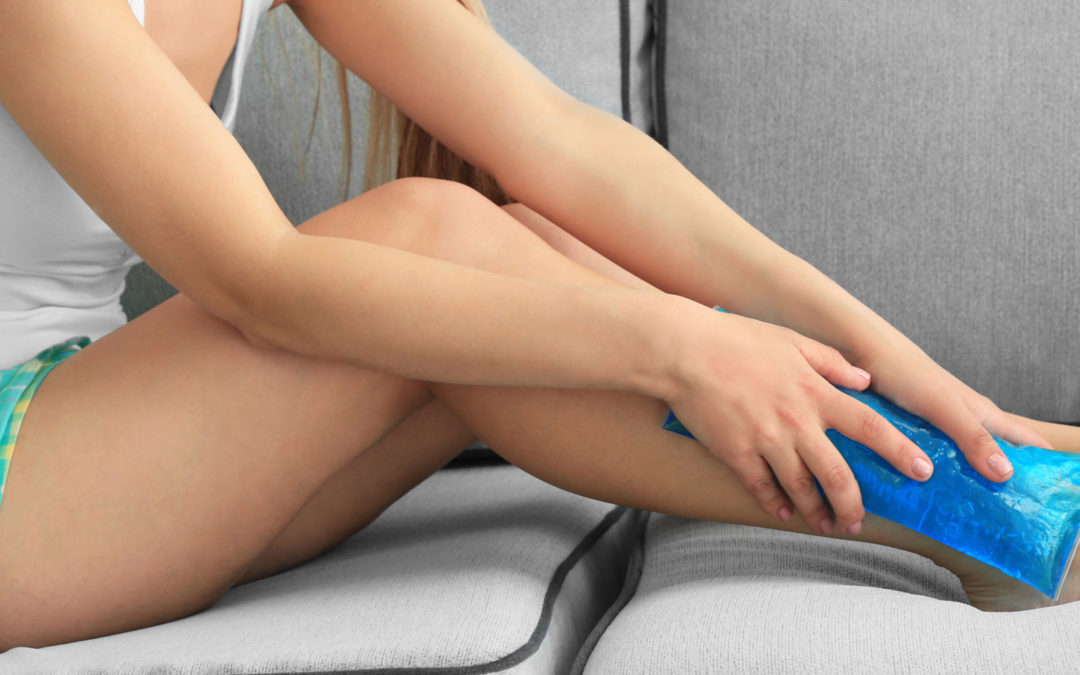
by Lexington Vein Institute | Feb 23, 2021 | Blog
Did you know that arthritis and other conditions involving joint pain are the number one cause of disability claims in the United States? With millions of adults suffering from this type of pain, it is important to identify causes, as well as solutions for joint pain.
One of the most common places that sufferers experience joint pain is in the ankle region. If you have ankle swelling, you may be wondering how to fix it.
Here are some causes of ankle swelling, and what you can do to alleviate your discomfort.
1. You are Overweight
When you are overweight, it can put too much pressure on your joints, especially your ankles. This can cause pain, ankle swelling, and fluid retention.
To take the strain off of your ankles, you should consider a weight loss plan if it is feasible. You can also try to exercise more and drink more water throughout the day, which have numerous other health benefits.
2. Pregnancy and Hormone Changes
Especially for women, hormonal changes can be a contributing factor to swelling in the ankles. When women get pregnant, they often suffer from edemas in their ankles and feet. This occurs when fluid is retained in the tissue and causes swelling.
When pregnant, you can help to calm the swelling by resting more and specifically elevating your feet. You should also try to drink plenty of water and reduce your intake of sodium.
3. Not Enough Physical Activity
If you have a desk job or you are sitting in one place all day, you are more susceptible to develop swelling in your ankles. When you do not have physical activity for hours at a time, you are more likely to develop swelling and fluid retention.
Luckily, there are many ways that you can get some exercise during the day, even if it’s during a half-hour lunch break. You can do desk exercises, which are great if you have limited space. You can also install a mini exercise bike underneath your desk or replace your regular chair with an exercise ball.
4. Heart Disease
You may not realize it, but one of the common causes of ankle swelling is heart disease. A heart that does not pump blood well can prevent it from reaching your extremities, like your hands and feet.
To combat heart disease, you should focus on a nutrient-rich diet and getting plenty of exercise. Exercising on a regular basis can also be a huge factor in preventing heart disease.
Fix the Causes of Ankle Swelling
Once you learn the causes of ankle swelling, you can evaluate your issues to find out what may be contributing to your pain. Then, you can get to work and find the best solution for your needs.
Would you like to learn more about taking care of your body? If you want to feel your best, contact us today for more information or to schedule an appointment.
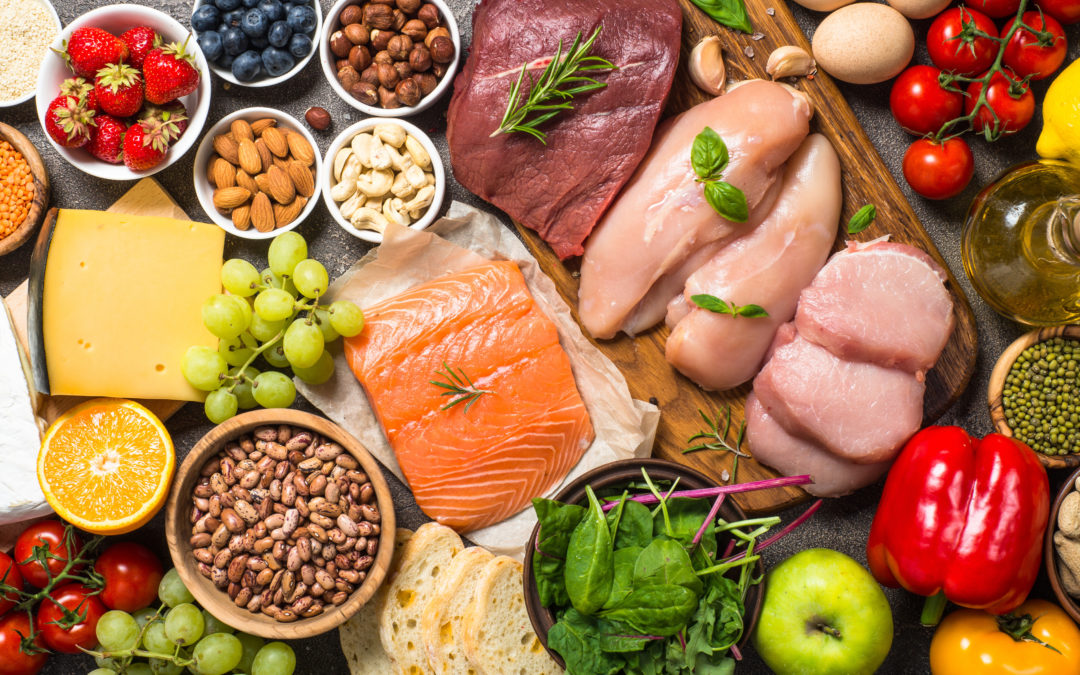
by Lexington Vein Institute | Feb 1, 2021 | Blog, Varicose Veins
Were you recently diagnosed with varicose veins? Are you wondering what you can do to improve your situation?
For better or worse, what we eat affects our overall health. Good nutrition is a vital component for any plan to improve vein health.
In this article, we’ll explore the basics of vein disease and how a proper diet can improve your prognosis.
Vein Disease
As part of the circulatory system, healthy arteries and veins work together to pump blood throughout your body. When this system is over-stressed and things don’t flow smoothly, vein disease can occur.
Signs of vein disease can include:
- Spider veins
- Varicose veins
- Itching or burning calves
- Leg wounds that don’t heal
- Swollen ankles or legs
- Difficulty standing for long periods of time
Vein disease doesn’t currently have a cure and tends to be progressive over time. Left untreated, poor blood circulation can lead to other negative health consequences.
Small diet changes can have big results. Drink water to help keep your circulatory system in check. Pile your plate high with green veggies for all the anti-inflammatory benefits.
Blood Clots
Blood clots can form for a multitude of reasons, but vein disease increases your risk factors. Both Superficial Thrombophlebitis and Deep Vein Thrombosis can be dangerous to your health. If you notice any of the following symptoms, be sure to contact your primary care physician or local Emergency Room immediately.
Symptoms include:
- Pain
- Swelling
- Tenderness
- Skin redness/heat
- Faintness
- Increased Heart Rate
- Unexplained Fever
- Calf or Foot Pain
Certain foods are known to be natural blood thinners and can help to lower your risk of blood clots. Consider adding a few of the following to your regular diet:
- Turmeric
- Ginger
- Cayenne
- Vitamin E
- Garlic
- Cinnamon
Venous Ulcers
Venous ulcers are wounds on the skin, usually located near varicose veins, that don’t heal as they should. The poor circulation in these areas of the body makes it more difficult for wounds to heal. What can you do to improve circulation?
Consider a diet change. High phenol foods such as pomegranates and berries are strong vasodilators which mean improved circulation for you. Citrus fruits contain a healthy dose of antioxidants which are known to improve blood pressure and artery stiffness, resulting in better blood flow.
Risk Factors for Developing Vein Disease
Vein disease is a common ailment among both men and women. However, women experience this diagnosis about twice as often as men. Other risk factors include:
- Being Overweight
- Over 50-years-old
- Family History of the Disease
- Pregnancy
- Inactive Lifestyle
- Sitting or Standing for Long Periods of time
Contact Us for Improved Vein Health
If you or someone you love has been diagnosed with vein disease, now is not the time to despair. Take a proactive stance, and give us a call at Lexington Vein Institute for better vein health.
We are committed to helping you get to the root cause of your vascular issues, so they don’t become a recurrent problem. Working together, we can help you reach your optimal health goals.
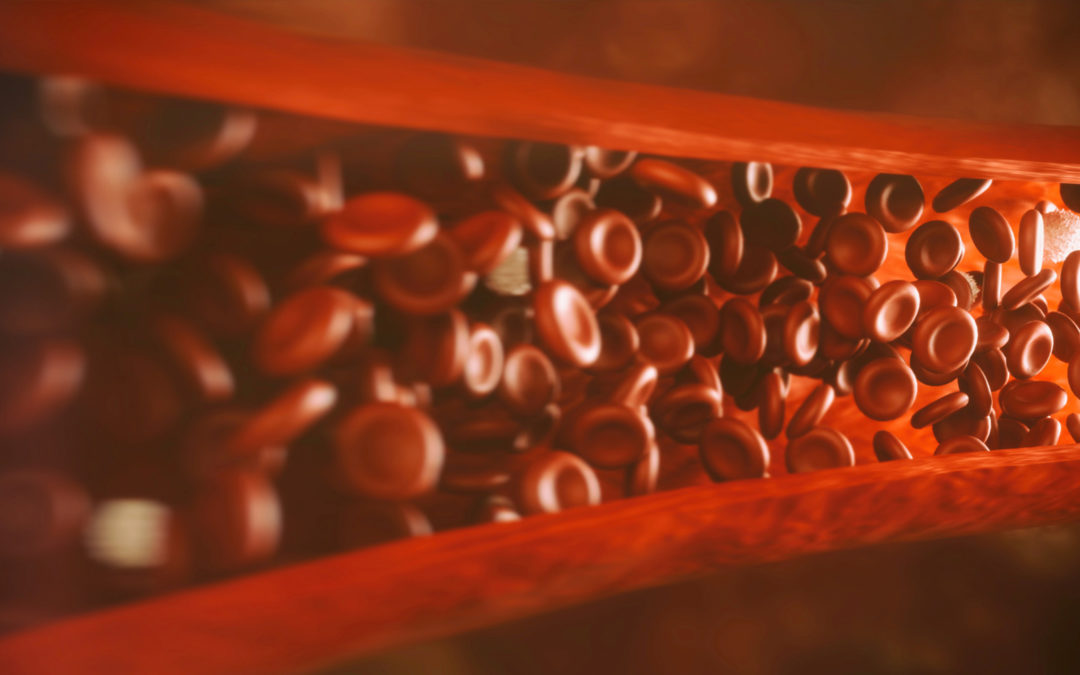
by Lexington Vein Institute | Feb 1, 2021 | Blog, Deep Vein Thrombosis
You may know that blood clots are a dangerous condition that can cause heart attacks. While this is true, the clotting of blood is also a necessary function of the human body. But there is a difference between clotted blood that aids healing and blood clots that can be deadly.
If you’re wondering how to prevent blood clots naturally, the good news is there are a number of ways to do so. Keep reading to discover just how easy it can be to keep your circulation strong and healthy.
What Are Blood Clots?
A blood clot, also known as a thrombus, is the final stage in the body’s process of stopping bleeding. The blood changes from a liquid to a gel in a process called coagulation. In the case of an injury, this happens in order to form a plug that prevents further bleeding.
Risks and Dangers of Blood Clots
One of the main risks of blood clots is deep vein thrombosis (DVT), which is where clots happen deep in the veins, often in the legs.
The risk here is that a blood clot could move through the bloodstream toward the heart or lungs, become blocked, and therefore prevent blood flow. This is how blood clots can cause a heart attack or pulmonary embolism.
There are a few conditions that may increase the likelihood of someone suffering from a blood clot. Pregnancy, surgery, cancer, and some treatments can all take their toll on the body and cause blood clots. So what are some clot prevention tips?
How You Can Prevent Blood Clots Naturally
In cases where someone is at risk of blood clots, a doctor may prescribe a blood thinner. This is effective in preventing dangerous blood clots but doesn’t come without its own side-effects.
So what are some natural blood thinners which mean you don’t need to take any drugs and suffer side effects?
Stay Hydrated
Drinking water has countless health benefits, but in general, it is vital for keeping your body working efficiently. Make sure you are drinking plenty of water throughout the day, and keep an eye on your urine—if it is darker than usual or yellow, you probably need to drink more.
Use Garlic
Garlic contains compounds that can be incredibly beneficial to heart health and circulation. It is thought to have the ability to keep blood platelets from sticking together. It is best eaten raw if you’re brave enough to deal with the intense flavor!
Stay Active
Exercise is something we all know we should do, but life can get in the way and prevent us from building good habits. But keeping active and moving around is a sure way to help your body work efficiently.
Contact Us
With exercise, a balanced diet, and generally good health, you shouldn’t have to worry about blood clots. But sometimes things can happen in life which can mean you are unable to maintain optimal health, whether that be cancer, pregnancy, or a hereditary illness.
If you’re concerned about being at risk of blood clots, or if you’re looking for more information and advice on how to prevent blood clots, don’t hesitate to get in touch. We are able to offer treatment for many different issues, whether medical or cosmetic.

